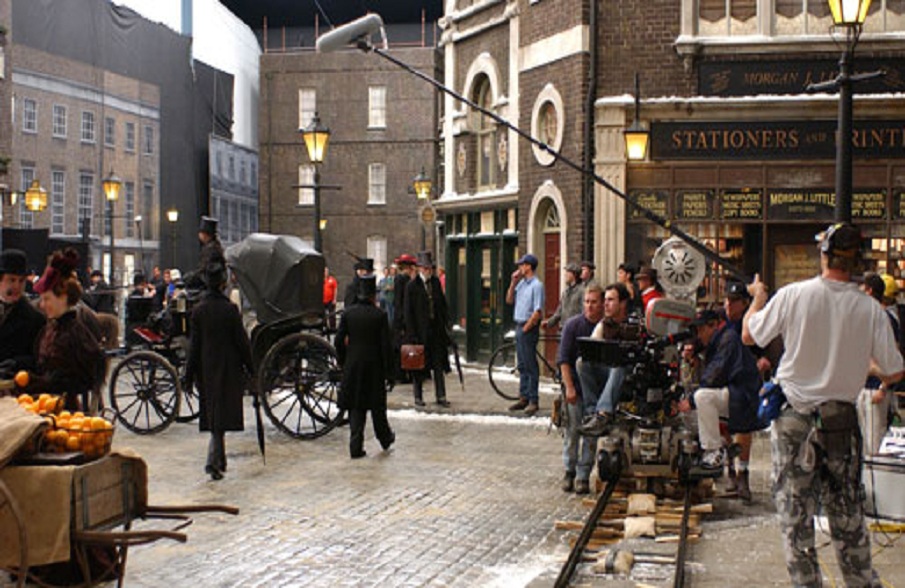For the average viewer, who is only faced with the final product of filmmaking (the film), it’s difficult to realise the amount of work and people involved in filmmaking.
The American director George Stevens once said that making a film is like “trying to be a traffic cop and write a poem at the same time”. In other words, the final film may or may not be a work of art or entertainment, but in order to get there, a filmmaker needs time, patience and normally a large amount of people to work with. As Orson Welles, one of the greatest filmmakers, explained, “a writer needs a pen, an artist needs a brush, but a filmmaker needs an army”.
This army is called a “film crew”, which can be made up of a very different number of people, depending on the budget and size of the film.
The director normally sits outside the complex structure of a film crew. They are responsible for overseeing the creative aspects of a film, including controlling the content and flow of the film’s plot, directing the performances of actors, organizing and selecting the locations in which the film will be shot and managing technical details such as the positioning of cameras. However, the directors don’t have complete power over the film. They are ultimately subordinate to the film producers. There are, however, some exceptions: those directors who have the final cut privilege. They decide what the final form of the film will be, but, nowadays, these are only a few powerful filmmakers such as Steven Spielberg or James Cameron.
Producers set up the right conditions for filmmaking. They initiate the project, raise funding, hire staff and are involved in all phases of the project, from conception to the distribution of the film. Producers normally work under quite a lot of pressure to make sure that the films are finished on time and do not end up being more expensive than they budgeted for.
The work of the film crew is divided into three phases: pre-production, production and post-production.
In pre-production, every step of the creation of the film is carefully designed and planned. Once the final draft of the script is available, the director must try to turn the words into images. This is done, first of all, on paper, with the help of illustrators who draw storyboards with drawings of what the film will look like. Also in pre-production, the casting director finds actors to play the characters in the film, with the help of the director.
Once pre-production is finished, production starts. There are many people involved in the production of a film, working on set. One of the key groups is the camera and lighting department, normally managed by the director of photography or cinematographer, who decides with the director what the film looks like, the lighting, the framing of the shots and the cameras and lights that must be used.
Along with the director of the film and the director of photography, the look of the film is also determined by the art department, where a production designer is responsible for creating the visual appearance of settings, costumes and character makeup.
Once the movie has been filmed, that is, once the production is over, the post-production starts and is managed by a post-production supervisor. Here the key figure is the editor, who is in charge of assembling the various shots into a coherent film with the help of the director. As well as the editor and his team, the post-production also involves sound editing, visual effects and animation.
Finally, when the film is finished, it is time to make it available for viewing, that is, film distribution starts. The film needs to be marketed, promoted and made available in cinema and or television, DVDs, video-on-demand platforms, streaming.
Producing partner: University of Roehampton http://www.roehampton.ac.uk/home/
Voice Talents: Dylan Ayres, Sharon Fryer
Music: Bensound – Brazilsamba (Composed and performed by Bensound http://www.bensound.com)






































